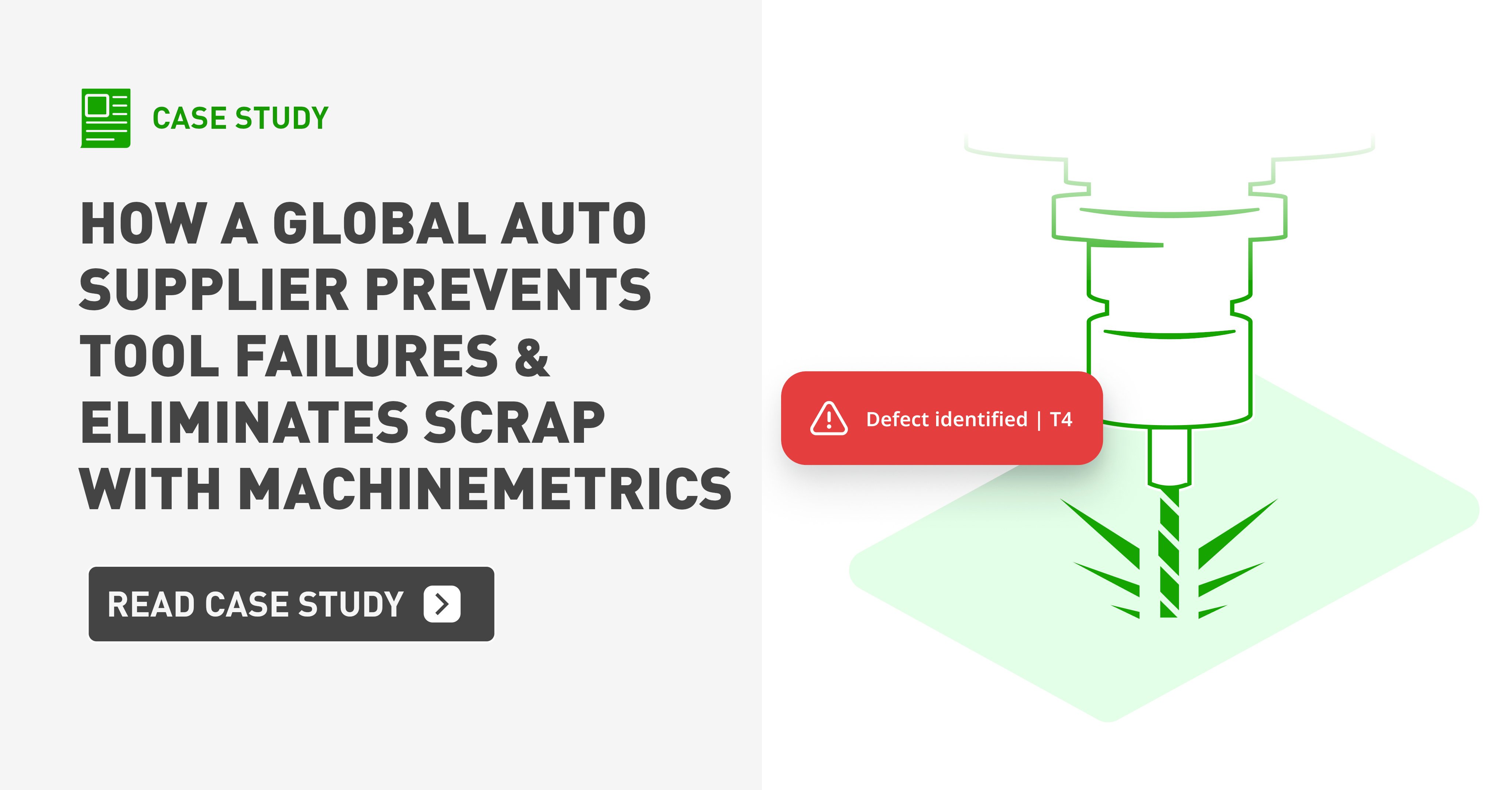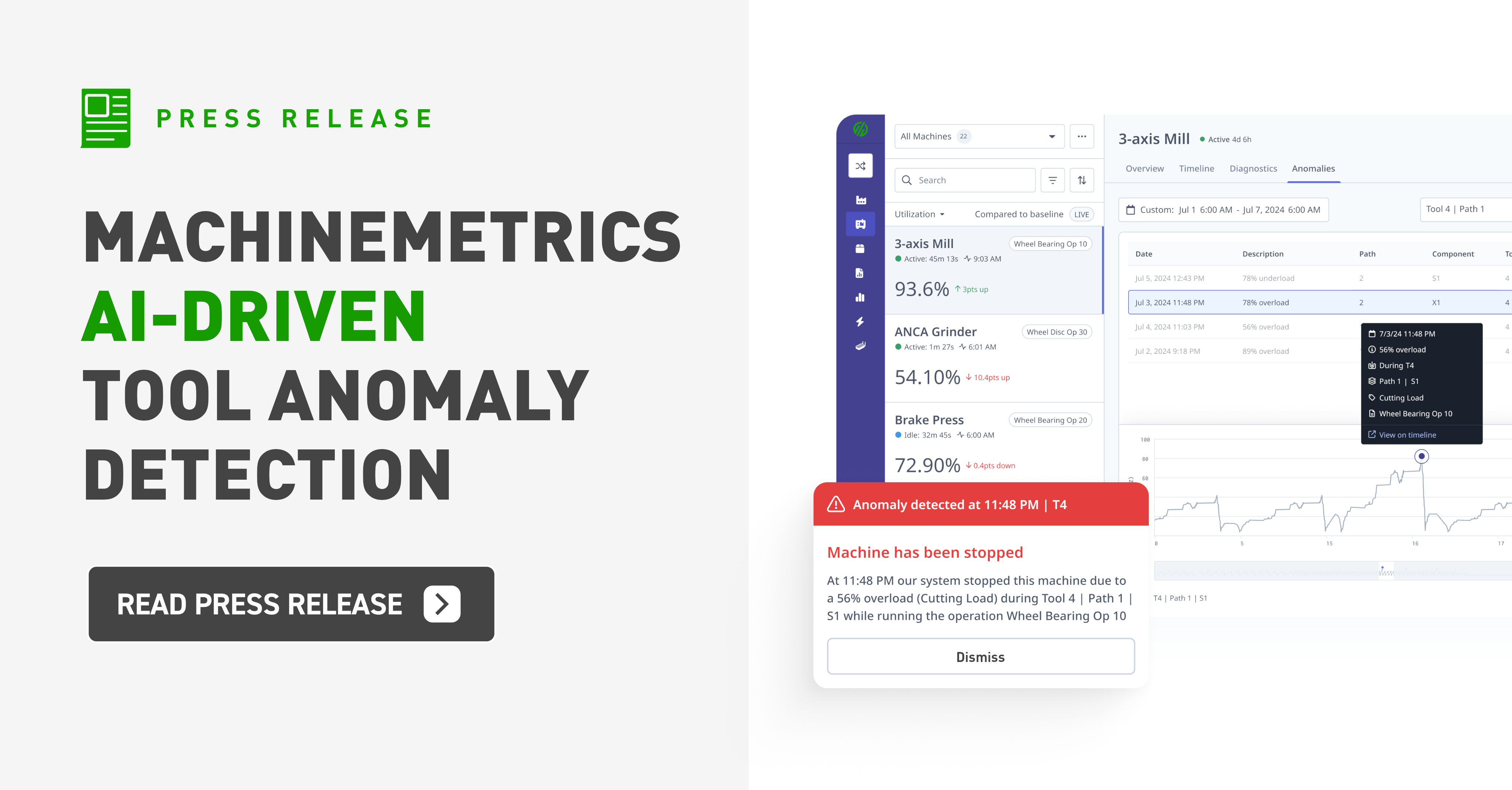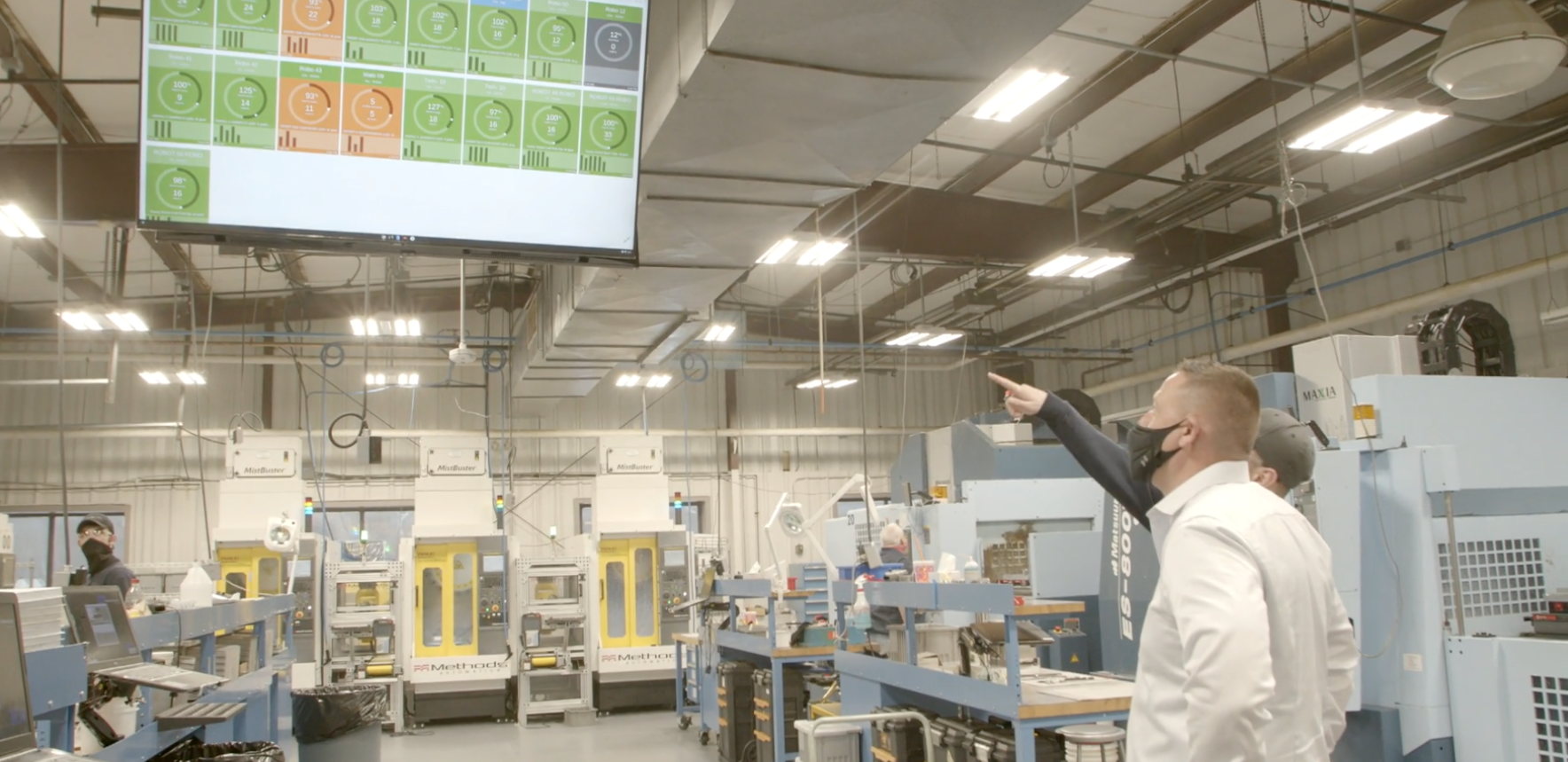Key Takeaways:
- IoT solutions help contract manufacturers meet stringent OEM requirements by providing real-time data on production quality and efficiency.
- IoT-enabled monitoring ensures that contract manufacturers can maintain compliance with OEM standards and expectations.
- This technology helps contract manufacturers enhance collaboration with OEMs and boost overall production quality.
Contract manufacturers often deal with stigma surrounding expected quality. Despite the fact the OEM-CM relationships have built some of the best, most durable, widely-known products in the history of mankind, there remains a persistent idea that “contract manufacturer” is synonymous with “low quality.” In light of this as well as a trend toward deeper data collection and analysis, OEMs are looking to CMs with increasing levels of scrutiny. Where once an OEM would only approach quality concerns from an end-of-the-line perspective, now OEM scrutiny spans the full production process from beginning to end. Below are ways IoT helps contract manufacturers maintain composure in the face of intensive OEM scrutiny.
What Are OEMs Looking Out For?
OEMs are scouring the manufacturing line for signs of inefficiencies and low-quality controls. They want to know how reliably they can expect a CM to deliver ultra high-quality goods to their customers. Poor QA is a business killer in 2020, where customer reviews and reputational harm can spread unchecked, tainting a brand for the foreseeable future. For obvious reasons, OEMs would prefer to stay out of that destructive cycle as much as possible.
It isn’t just low quality products that make it all the way to the consumer, either. In a bid to maintain a proactive strategy toward quality within their own organizations, OEMs stay vigilant about signs of poor quality control or reactive methods of response to quality issues within the processes of any potential contract manufacturer.
Signs and symptoms of inefficient quality control and reactive responses to quality include:
- Sizable scrap production
- Low visibility into quality
- Actually allowing defective items to reach their destination.
- Ineffective processes to manage feedback on returned / defective products to create meaningful action toward a solution.
Ways Industrial IoT Can Help Contract Manufacturers Pass the OEM’s Quality Test And Get The Contract
For each of the symptoms of poor quality controls, there is an IoT solution for contract manufacturers to leverage. Let’s look at each of these symptoms one by one.
Sizable Scrap Production
Sizable scrap production can be all but eliminated with enough accurate data. For example, if scrap parts are the product of failing tools in factory machinery, then there are IoT devices to help monitor and log these incidents so that data can then be utilized to find behavior patterns in the equipment that reliably suggest when a repair/replacement is impending—but before scrap parts go into production.
Low Visibility into Quality
Quality shouldn’t be an after-the-fact concept, but rather a concept that is considered at every stage of the manufacturing process. CMs are encouraged to replace outdated analog systems with mega slow feedback cycles with low-latency IoT devices that offer near real-time feedback on quality and the factors that impact it. Having real-time visibility into the production process can help temper customer expectations because with that sort of insight comes the ability to monitor trends and find patterns that indicate potential complications. This way, quality problems can be addressed as near to the source as possible and with great speed.
Allowing Defective Items to Reach Their Destination
Actually allowing defective items to reach their destination is an unfortunate occurrence, but even the most effective manufacturers cannot completely eliminate it. However, with the combination of IoT devices and machine vision/machine learning techniques, manufacturers are able to automate some aspects of quality control, often with better accuracy than what could be achieved by a human observer. This way, defective products stay within the facility rather than in the hands of hopeful customers.
Ineffective processes to manage feedback on returned / defective products to create meaningful action toward a solution.
If defective products do make it to the OEM—or worse, one of their customers—then how a CM handles this is the ultimate test to a CM’s core values and reliability with quality. IoT can help create meaningful solutions to quality control issues before they spiral into reputational damage for the CM and OEM both.
Industrial IoT can be used to identify and act on quality issues when they arise, if not before. Because of the nature of IoT and its relationship with machine learning, customer feedback can be integrated almost immediately to help resolve (or reverse engineer) any issue that may be impacting quality. Informed, expedient resolution of quality controls, especially solutions based on intensive data or that are implemented pre-emptively reflect on contract manufacturers in ways that put them head and shoulders above their competitors. Furthermore, contract manufacturers can youse collaborative inventory management to differentiate themselves.
MachineMetrics is an industrial IoT platform that lets you collect data from any machine, analyze that data using edge computing, send it to the cloud for deeper analysis, generate digital twins of your factory floor, manage all of your assets, use predictive maintenance models to reduce your downtime, optimize all your processes in order of highest priority, keep your workers safe and happy, and so much more—all with a simple, color-coded dashboard that you can access anywhere. Book your demo today.


.png?width=1960&height=1300&name=01_comp_Downtime-%26-Quality_laptop%20(1).png)





Comments